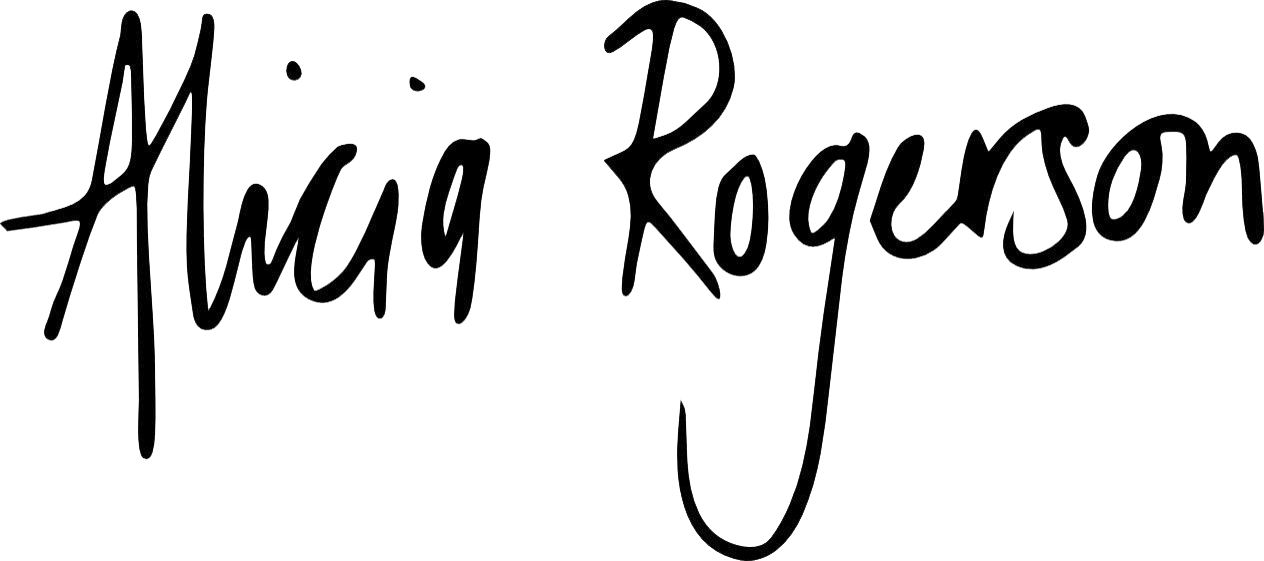How To Protect Your Art Online
One of my most frequently asked questions is "How do I stop my artwork being stolen on the internet?"
I have so many tales to tell, and so many occasions my work has been taken. The time one of my works was turned into knitted garments and sold over Europe. Another they were printed on tops and sold all over Europe, Australia, New Zealand. Then there was the time they were put onto skirts in China. Another time some students traced my works and resubmitted the work as their own. One was very proud to show her final graduation images that were replicas of my paintings. :( Not to mention the times my art has been taken, recoloured, cut up and used over websites. Oh and recently I have had “artists” setup painting workshops using my artworks as “inspiration” by reversing the image and then guiding attendees to repaint them.
Illustrators Australia have written a great article with lots of advice for Australians when it comes to protecting your work.
A great book called "Owning It" by Sharon Givoni covers the subject across a whole array of creative industries. You can also get help via Arts Law, The Copyright Agency. The next step is to contact a lawyer and there are some arts based lawyers out there who can assist you further.
Whilst I understand how frustrating it is to have your artwork stolen, there are many steps you can take, and in this fast paced digital age sometimes you just need to stay a step ahead and be a trend setter.
Never put high resolution digital files out for the public to use. If you store your artworks on the internet (ie dropbox) then password protect and restrict who can access those files. Think twice about whether you want to sell high resolution files for instant download unless you are willing to take the risk that there might be one bad seed out of the hundreds who do the right thing.
Save all your images in low resolution and name them (I prefer low res JPEG). Watermark, naming files and embedding your name/business name is a great way to help track your work. (Just note that watermarks can be digitally removed, it’s more to slow them down than to stop someone.)
Know your rights, be careful where you share your images. Many websites have clauses that allow them to repost/use your artwork for free with no direct credit required for their advertising/use. This includes apps. READ the fine print!
Put EVERYTHING in writing. Emails, word documents, facebook messages. Save and print it all.
Use contracts. They may seem scary but they are pretty commonplace and when you break down the legal jargon they are easier to understand. Contracts are there to protect you and the client.
Don't let it scare you. If your artwork is stolen, then you can follow it up and work out how to resolve it with the people/company involved. Most of the time it is just a lack of awareness on their part and a quick phone call or email rectifies it. Sometimes you'll have to take the legal route, but the most important part is not to let the negativity around the process suck the creativity out of you.

